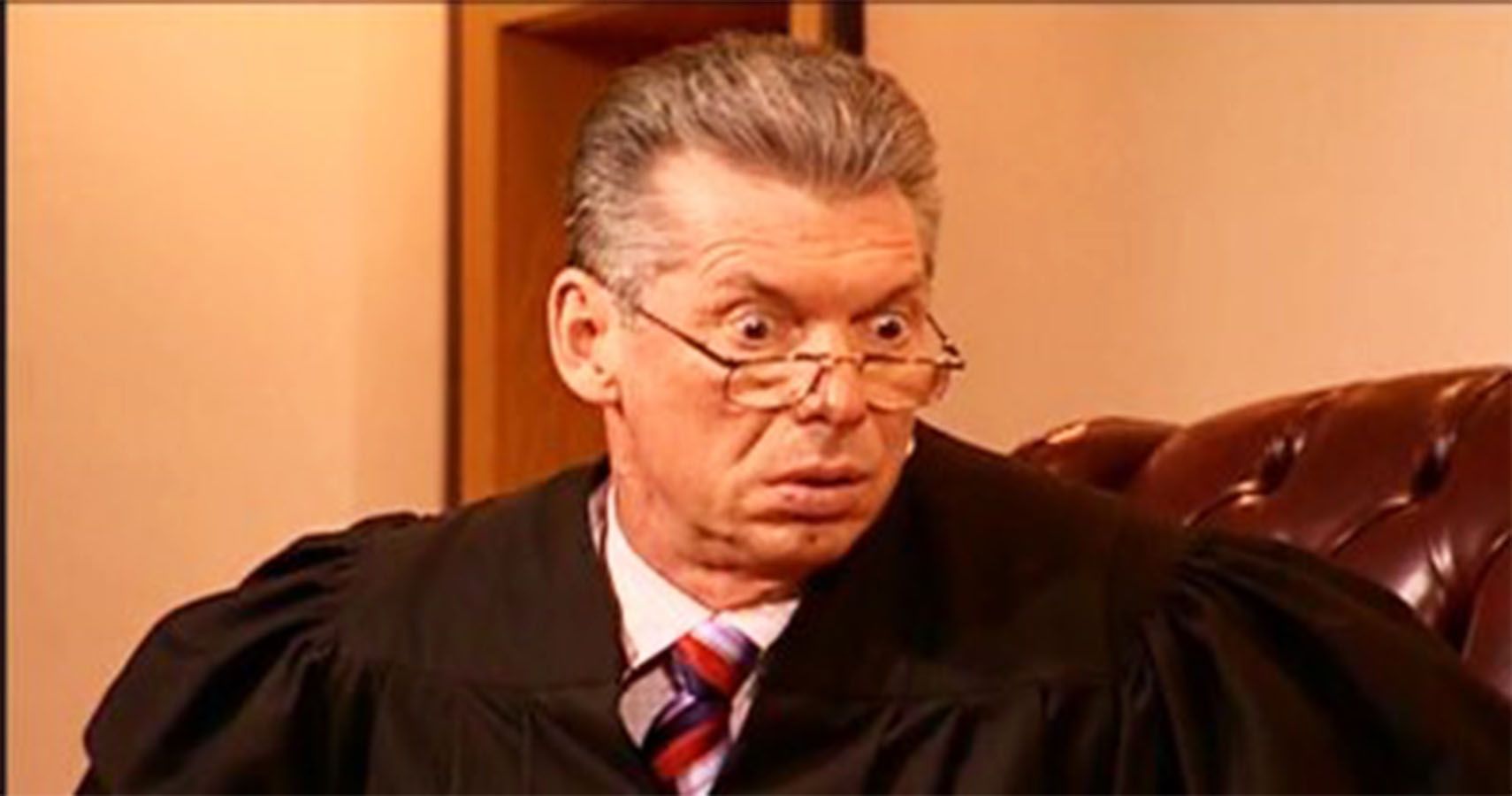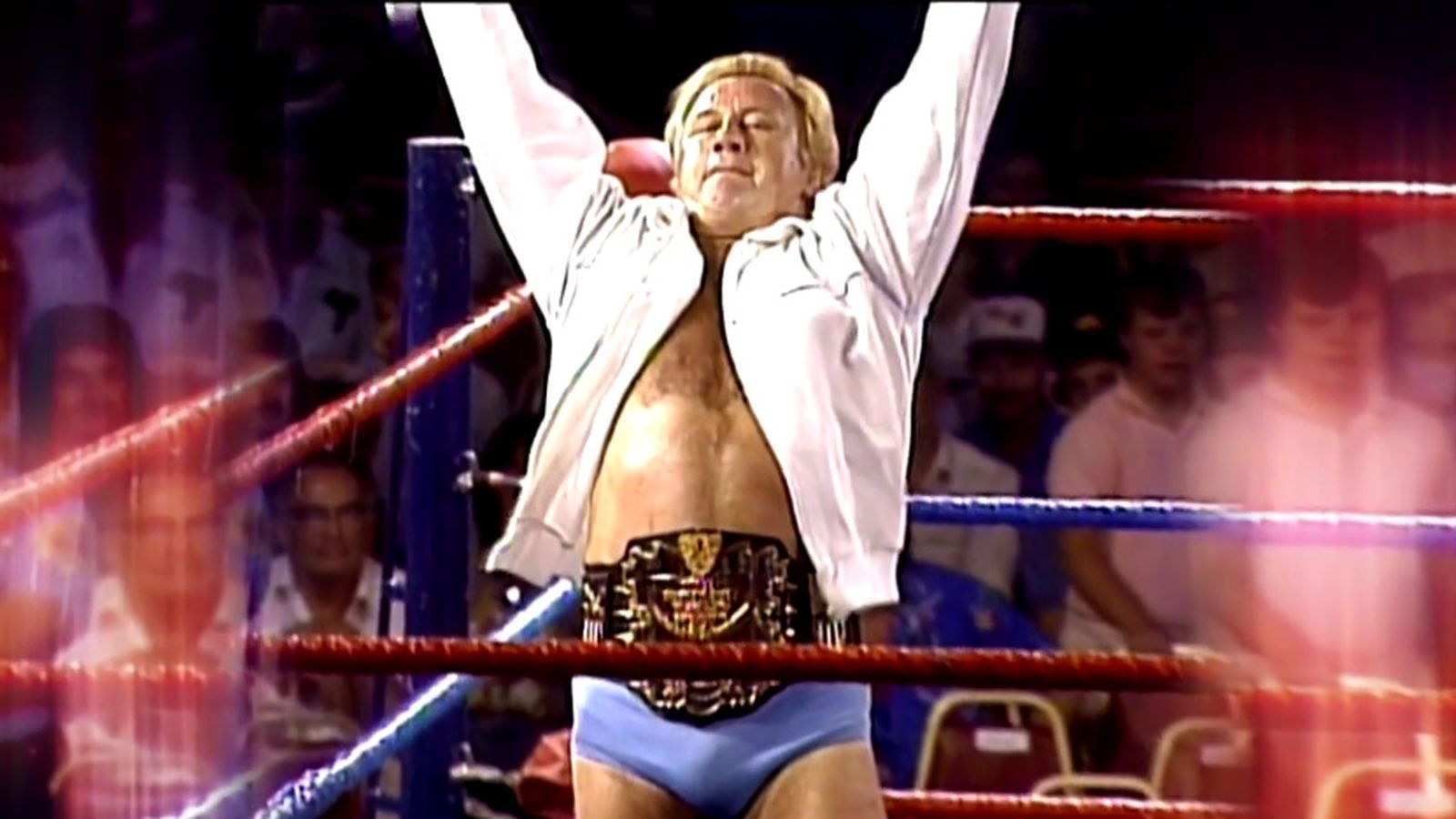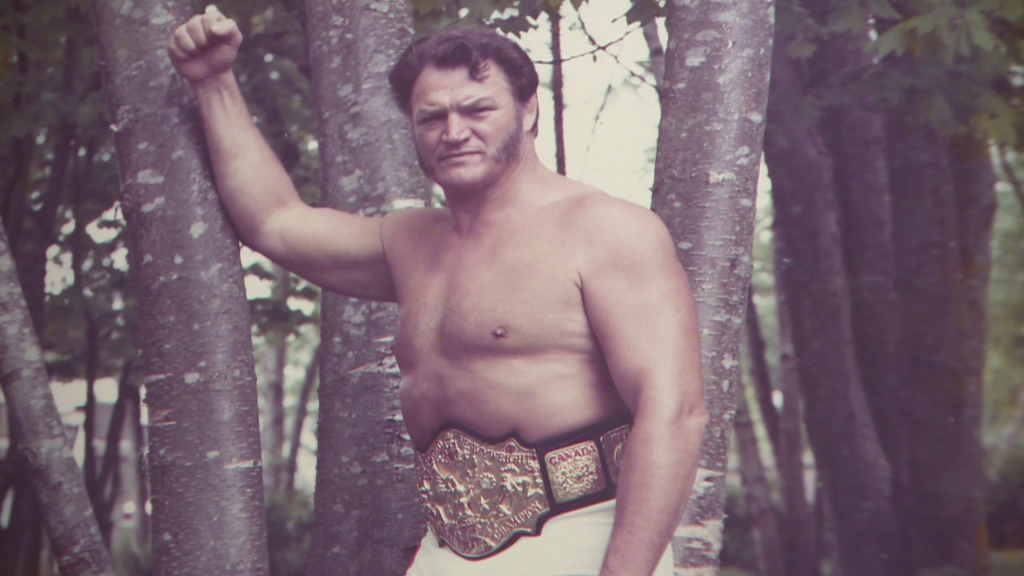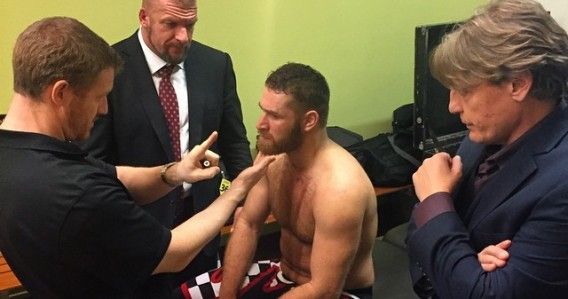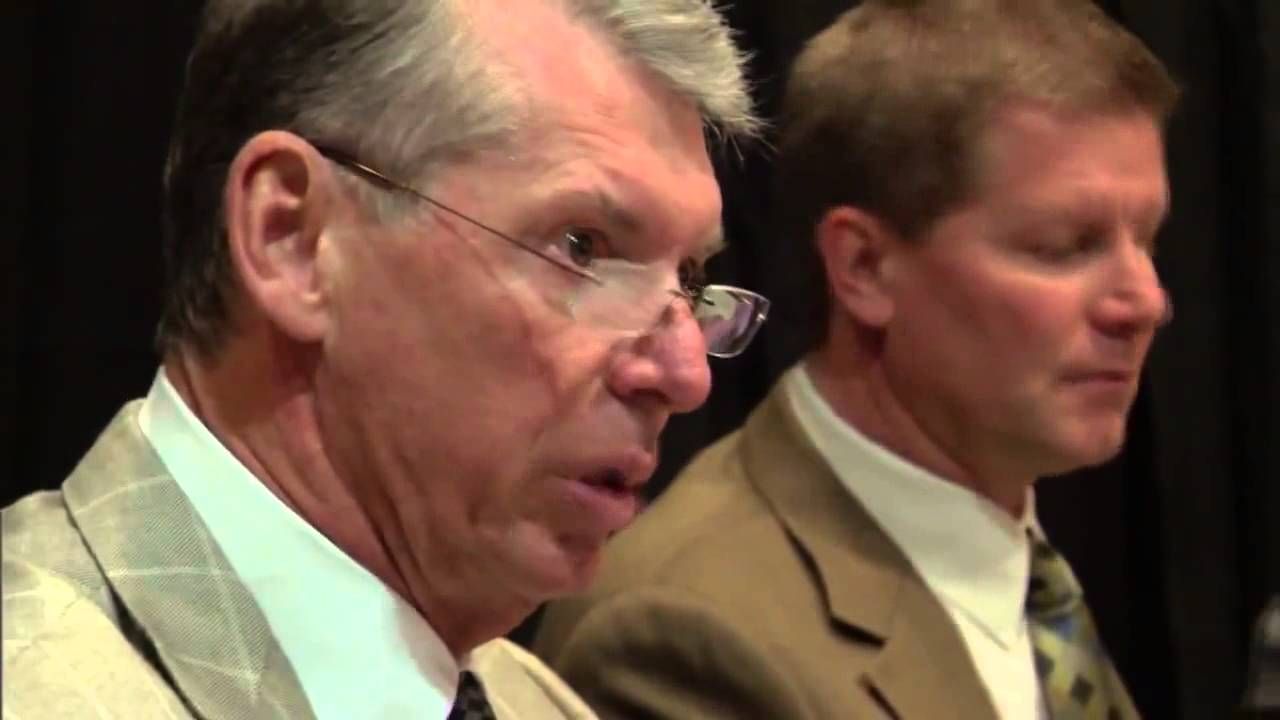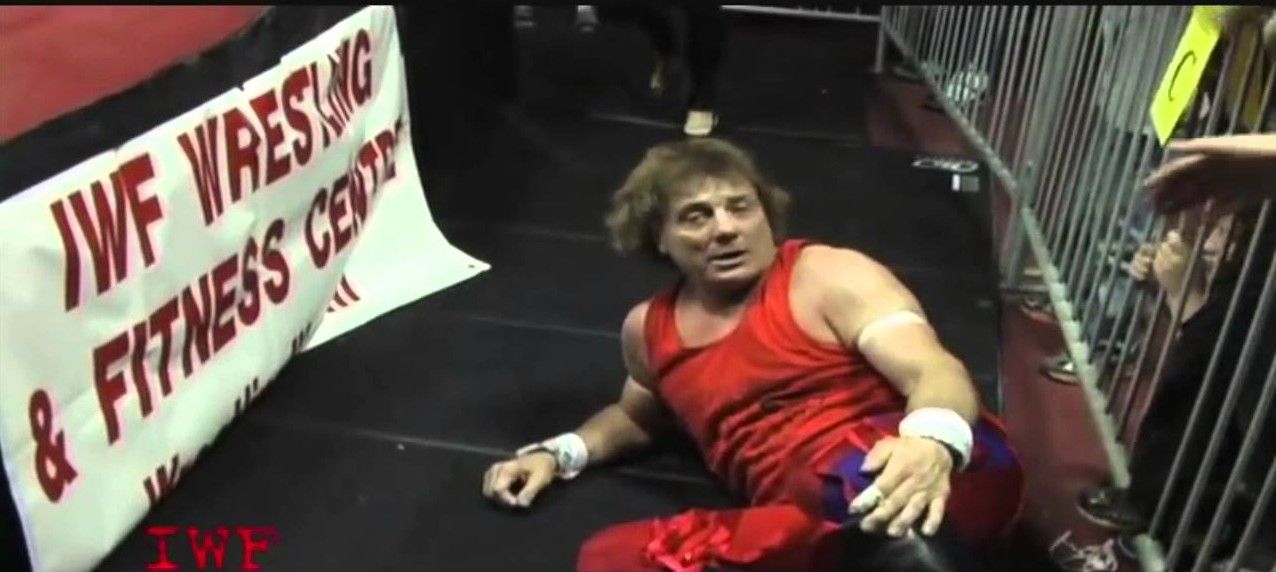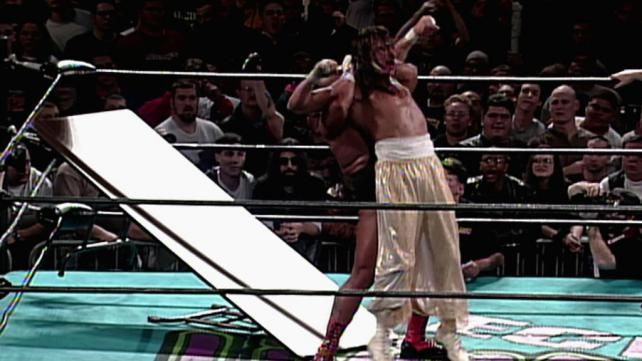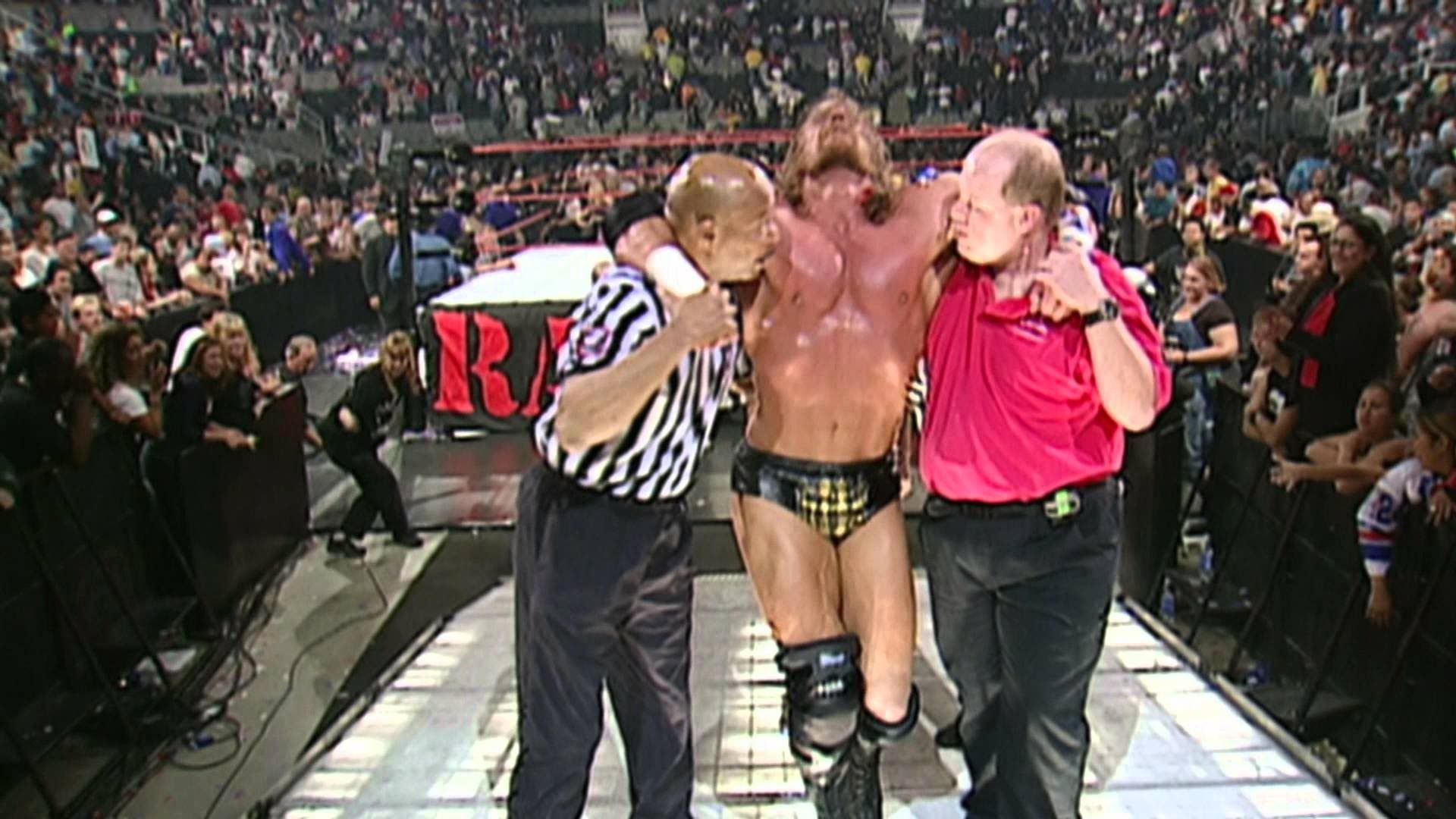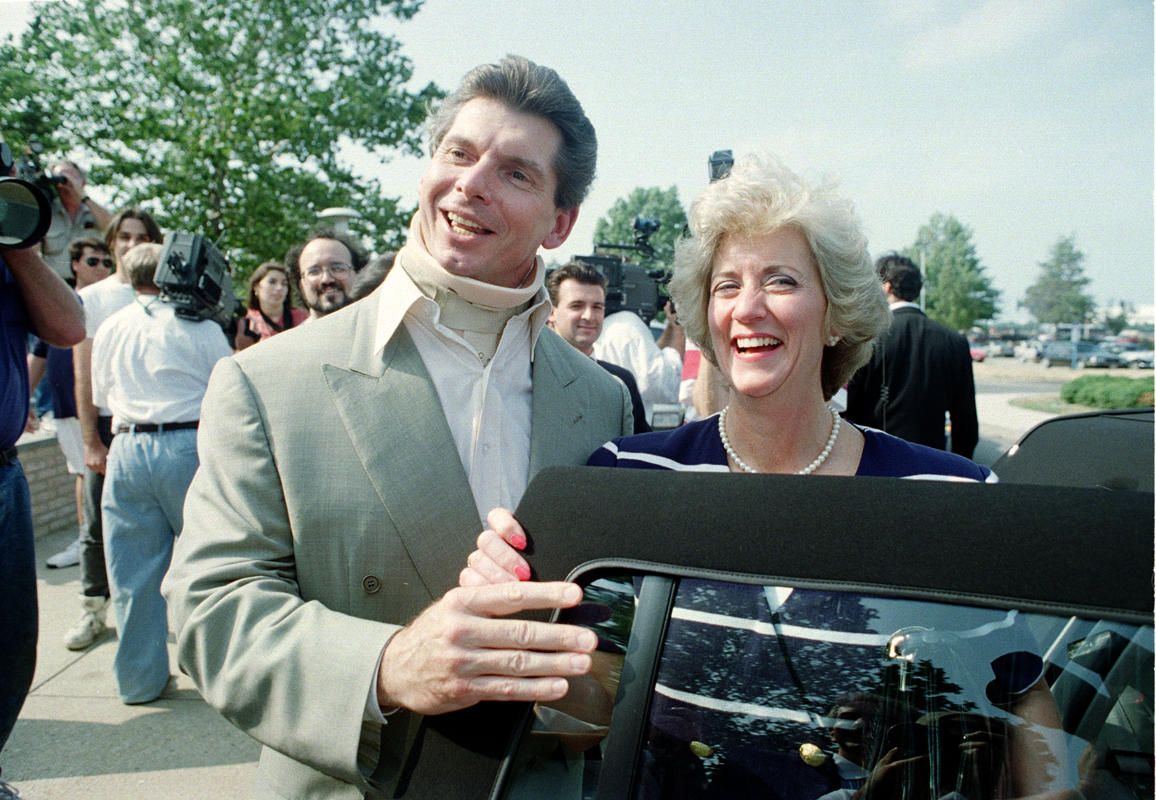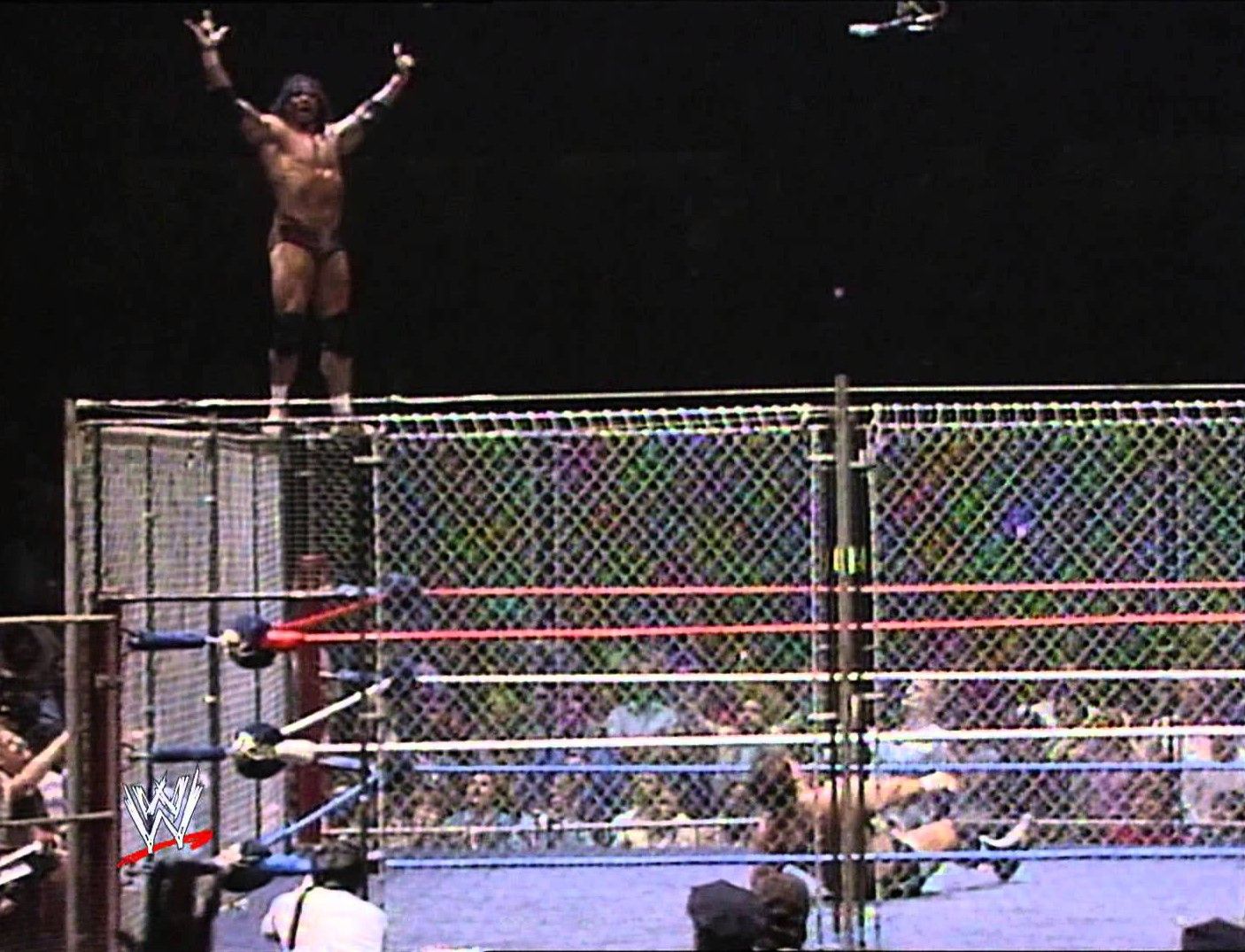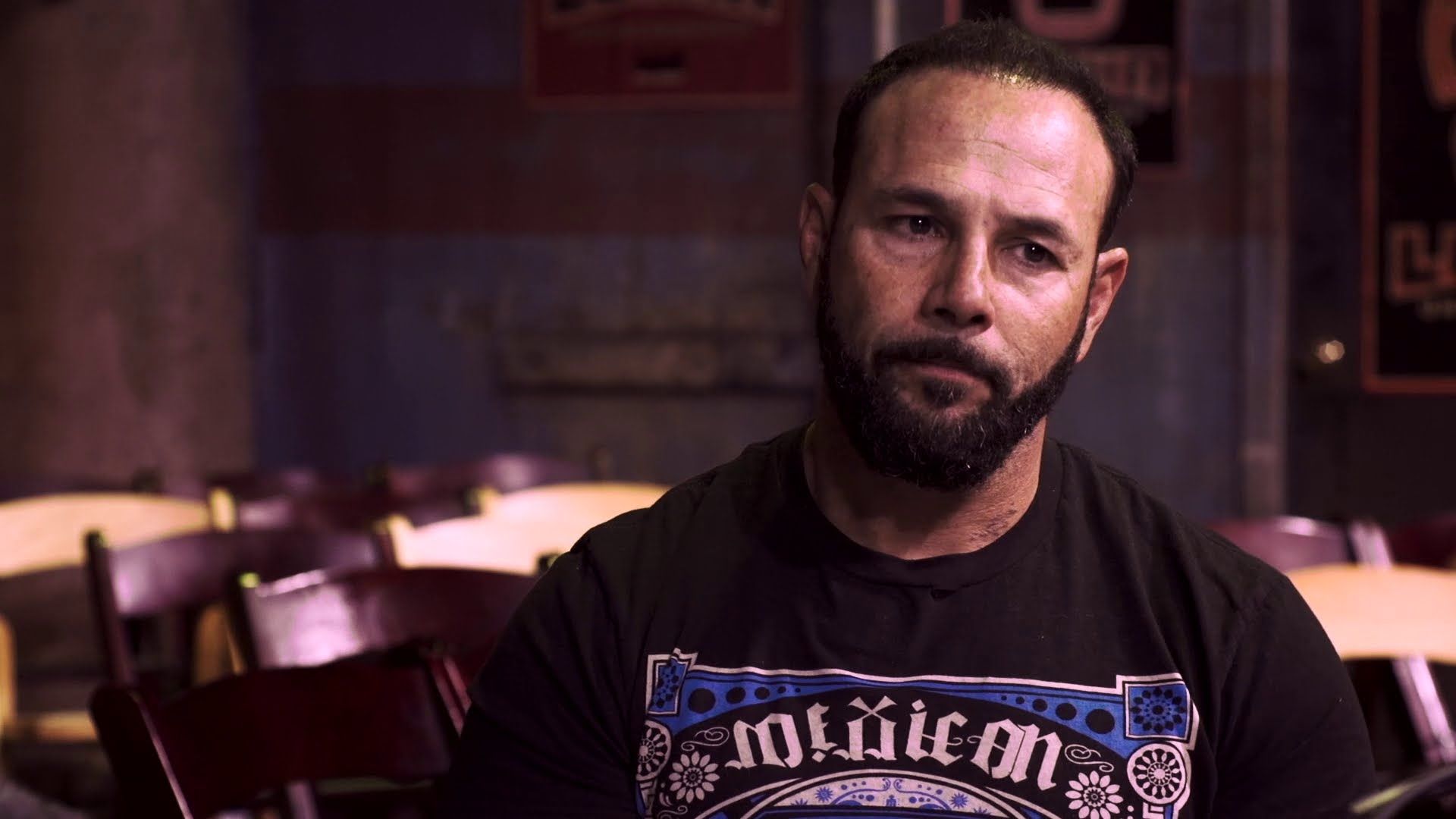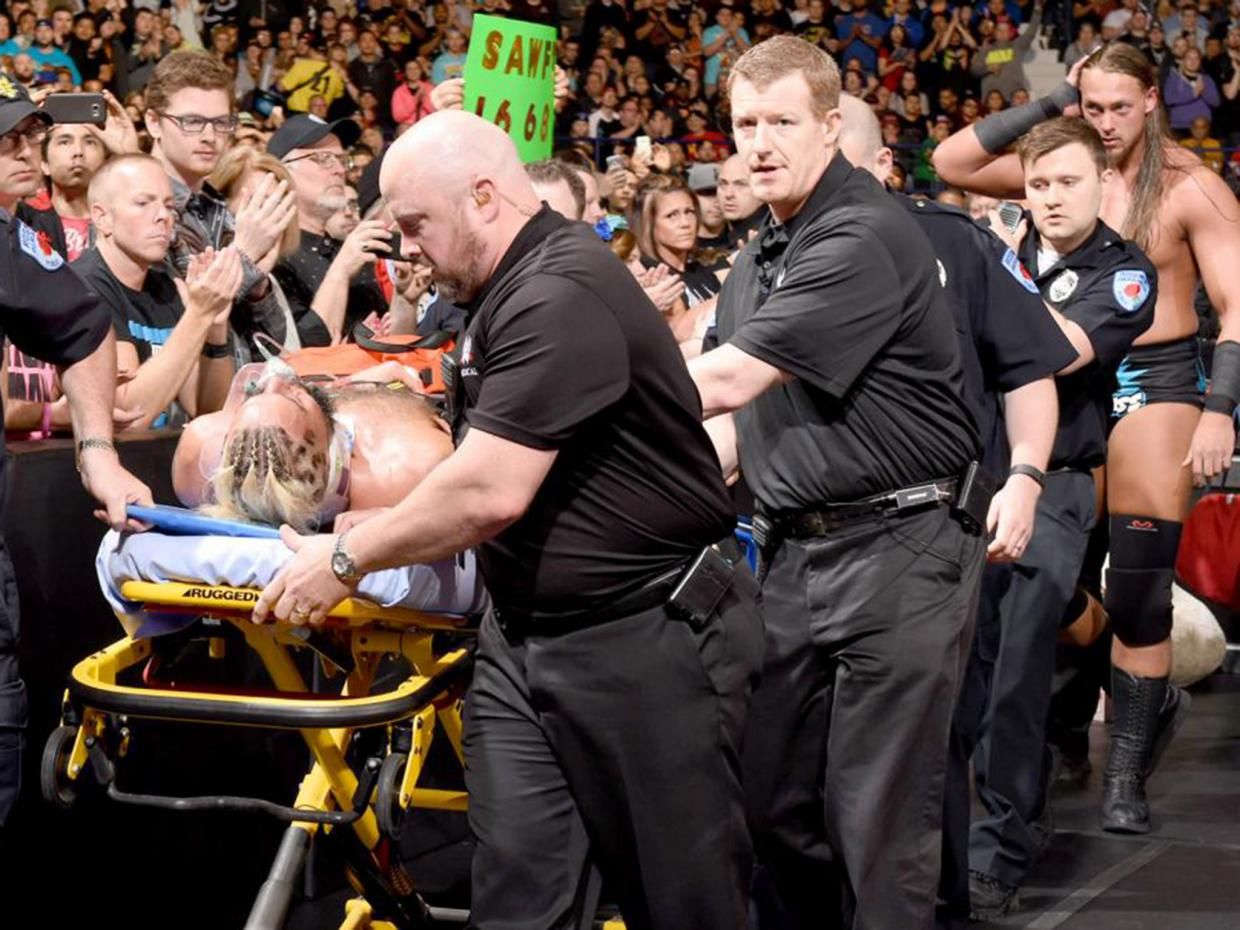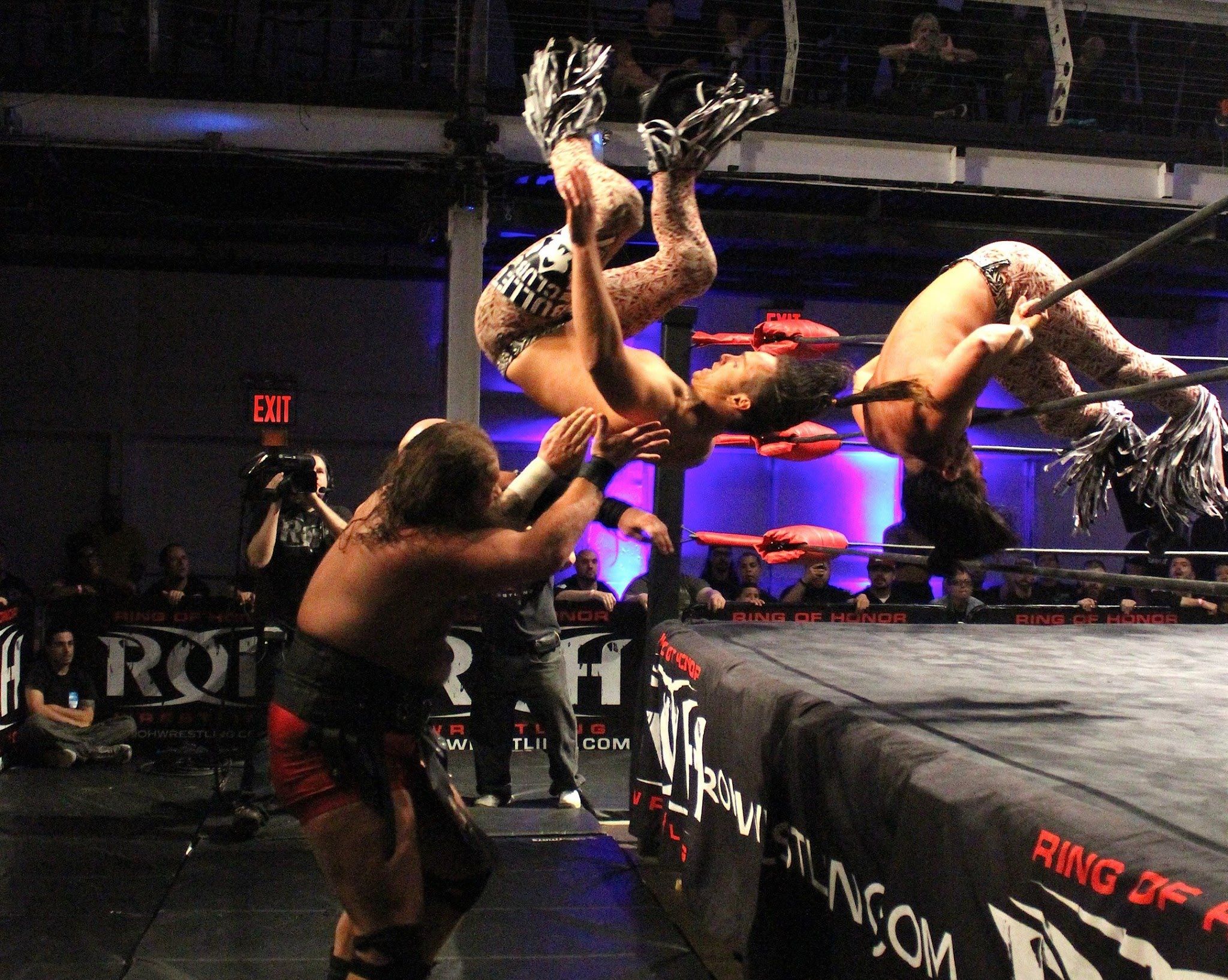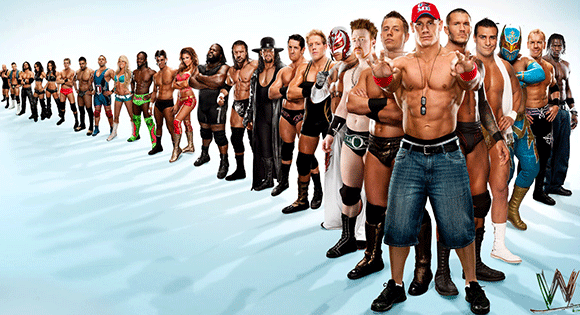What role do wrestling promoters play in ensuring the long term health and welfare of their athletes once their contract is up and they have moved on to work for another franchise or depart from the sport entirely? That is the question posed by the recent class action lawsuit filed on behalf of 53 WWE alumni against the company and Vince McMahon himself.
Since the suit was publicly shared recently, the wrestling community has been actively debating the merits of the legal action. While it will have its day before a court of law, there is little doubt that fans and industry insiders alike are passionate about their views on the topic. Some have been quick to defend the WWE, while others have portrayed McMahon as a heartless executive with no concern for the wrestlers once under his employment.
The whole topic of concussion awareness is one that is at the forefront of sports these days, especially with the identification that many professional football players have been found to have suffered significantly from brain injuries attributed to their NFL careers. In the case of the WWE, though, there are some unique elements to this particular suit that make it quite different from that of the legal challenges ahead for professional football.
15 15. The Lawsuit Assumes That Wrestlers Are Unaware Of The Risks
When you examine the list of wrestlers identified as plaintiffs in the suit, one can quickly identify that most of these wrestlers were introduced to the sport through reputable wrestling camps. One of the first things that any qualified trainer will tell you upon entering the sport is that this is a rough industry, fraught with injury and that it is wise for anyone aspiring to become a star in wrestling to have a Plan B in case their career in sport doesn’t pan out.
The initiation for a wrestler includes conditioning and repetition to endure the specific types of “choreographed maneuvers” (as the suit identifies) to best prevent injury. But, as the late AWA World champion Nick Bockwinkel once intimated during color commentary of a match in 1994, “When you fall right, it hurts. When you fall wrong, you’re retired.”
Every wrestler named in the suit does need to take some personal responsibility to recognize that they entered a physical one-on-one sport without the benefit of protective gear and padding that other athletes use in their discipline.
14 14. Allegations Are Out Of Timeline Sync
The most surprising name on the list of plaintiffs is Donald Heaton, aka Don Leo Jonathan. Heaton was a second generation wrestler, following his father into the pro mat game after serving with the U.S. Navy in 1949. Don Leo Jonathan is best remembered for his series of matches against Andre the Giant in the 1970s, which were billed as “The Match of the Century.”
While Don Leo did wrestle for the then-World Wide Wrestling Federation (WWWF) on a number of occasions, including some headline performances at Madison Square Garden, his inclusion in this list of wrestlers is out of place. Jonathan retired from the sport in 1980, six years after his final match for the now WWE in 1974. Not one time in his 31-year career, which saw him in action in at least 2,800 professional matches, did he ever lace his boots while Vincent K. McMahon was the owner of the WWE or responsible for the direction of talent. Vince didn’t succeed his father as the chairman of the organization until 1983.
13 13. Why Not Sue Ted Turner?
When you look at the list of plaintiffs, most of them were not exclusive to the WWE. In fact, many of them also enjoyed lengthy stays with the rival World Championship Wrestling (WCW). If this lawsuit were truly about the long-term health and welfare of wrestlers, and not simply a direct attack on McMahon and the WWE, why not sue Ted Turner?
Certainly Ted Turner, and any combination of corporate entities that were recognized as the official owners of WCW when Turner elected to buy out Jim Crockett Jr. and get into the wrestling business, would have as deep of pockets, if not deeper, than McMahon. Where are the statements of claim about injuries and ongoing maladies suffered in WCW?
How many of the wrestlers on the list also spent time in Japan where the “strong style” of wrestling, which is part of their culture, provides for more hard-hitting action?
12 12. Where Were The Lawsuits/Public Awareness At The Time Of The Injuries?
Injuries and deaths from wrestling are not new. In fact, in the 1972 movie The Wrestler starring Ed Asner, the script includes a short monologue of names of wrestlers who died while competing in the ring. That doesn’t include the number of wrestlers who were injured in the line of duty. If this current class action lawsuit is truly about holding the defendant responsible for injuries and long-term damages, where were the lawsuits at the time of the injuries?
Certainly, as these wrestlers were consulting with their doctors, they would have been told about all of the damage that they had endured and which of their injuries would create both short- and long-term impacts on their lives. There was no lawsuit for fear of wrestlers being blackballed from the industry. Now, when there are no prospects for future work, these allegations are coming forward. It is sort of convenient and unfair.
11 11. How Do The Agents Factor Into This?
From the outside looking in, one could make the blanket statement that it’s Vince McMahon’s company and he should bear the responsibility for all that happens under his roof. Ultimately, that may be the case, but on a day-by-day basis, as wrestlers were reporting to work at arenas around the world, they weren’t dealing directly with Vince McMahon. They were getting their marching orders from the agents entrusted with the delivery of a successful event. Men like Pat Patterson, Arn Anderson, Rene Goulet, Tony Garea, Fit Finlay and more have held these positions and directly issued instructions to the wrestlers about what was expected of them on any given night.
None of the agents are named in the suit. Nobody is saying that it is as a result of the specific instructions that they were given by an agent of the WWE that they now suffer the long term effects of a life in professional wrestling. Why not?
10 10. Unlike The NFL, After The WWE These Athletes Did Not Retire.
In the case of Jimmy “Superfly” Snuka, participation in the class action lawsuit is timely. Having just been found incompetent to stand trial for the 1983 murder of Nancy Argentino, to follow up by supporting his mental health claim as a participant in the lawsuit, makes perfect sense. However, when Snuka departed from the WWE in 1992, that didn’t signal the end of his career. Unlike in the NFL, when football players make their exit from the league it usually signals their retirement from the sport, Snuka and many others like him have continued to be active on the independents as well as other wrestling-related ventures. Snuka went on to wrestle for another 20 years, including making special appearances frequently for the WWE in the years that followed.
If the WWE signaled the downward spiral of both physical and mental well-being for these athletes, why would they subject themselves to it for another decade or more, even after it stopped being financially lucrative?
9 9. Sabu, Axl Rotten? Let’s Review The Tape, Shall We?
Sabu and Axl Rotten are among two of the plaintiffs identified in the suit. Not surprisingly, neither of these wrestlers are best known for the short time that they spent under the employment of Vince McMahon and the WWE. Instead, their wrestling legacies were carved as featured performers for Extreme Canadian Championship Wrestling. Often appearing in matches that included the involvement of tables, chairs, ladders, barbed wire bats, fire, thumb tacks and a number of other non-traditional wrestling implements, one might suggest to hold up the body of work that either of these men completed in the WWE against video footage of their ECW careers. In the case of Sabu, who was often billed as a “homicidal, genocidal maniac,"and with pervasive legends of his self-remedying of injuries while touring in Japan – including super gluing his own broken hand so as not to miss any action while on tour – are a well-known piece of wrestling lore.
8 8. Dangerous Precedent Is Ambiguous
When you look at the plaintiffs who were used solely as enhancement talent for the WWE or only spent a short time there, one can’t help but wonder whether, should this lawsuit be successful, that will open the floodgates for a downpour of ridiculous claims, designed to yield a quick payday. For many wrestlers breaking into the sport on the independent scene, they do so with the sole goal of making it to the WWE, seen as wrestling’s grandest stage. What about those wrestlers who get injured while performing on the indies who will claim that their medical health was compromised due to the belief that their risk was taken to attract WWE recruiters to secure a contract? If an independent wrestler has the opportunity to secure a tryout, or receive advice from anyone under the WWE’s employment, would that constitute grounds for legal action that pursuit of that advice resulted in long-term physical limitations?
7 7. Previous Unsuccessful Lawsuits
Consider the number of unsuccessful lawsuits that have been launched by wrestlers on this plaintiff list in the past by attorney Konstantine Kyros against the WWE. When you stack up all of these previous legal actions on civil issues that were waged unsuccessfully, one can quickly identify a pattern of behavior, which plays out like trying every play possible until a successful strategy can be identified. For some, who have not been employed by the WWE for more than a decade, their previous attempts at a settlement made no reference to health and welfare, but were instead rooted in other areas where there was some hope of success. It comes across a little like the boy who cried wolf. If this lawsuit does not produce results, what’s next? Maybe career villains will band together to sue for psychological trauma for being booed and heckled by ticket-buyers resulting in post-traumatic stress in their retired life.
6 6. Wrestlers Make Decisions That Put Themselves In Harm’s Way
The clip of Mick Foley hurdling from the top of the 25-foot Hell in a Cell cage and through a ringside broadcast table below is a piece of wrestling history that has been replayed and relived thousands of times since it first stunned wrestling audiences. Do your research and you’ll find that even officials within the WWE thought that the move was crazy, but it was performed by a wrestler that wanted to create a legacy for himself. Similarly, wrestlers at all levels of the sport are proposing ideas and taking risks that are about their own personal highlight reel every single day. On the independent scene, it’s not even necessarily about the financial compensation, but instead the opportunity to feed their own egos. In this lawsuit, how many of the injuries claimed are as a result of a specific direction given, or as a result of the wrestlers going “off script?”
5 5. How Many Have A Track Record Of Questionable Cash Grabs?
Before professional wrestling achieved mainstream popularity and prime time visibility, they were allowed to speak openly when they appeared for media interviews. Aside from promoting the upcoming match or pay-per-view, a lot of their comments were off-the-cuff, and perhaps contributed to the propagation of many wrestling stereotypes. Read interviews from some of these plaintiffs in the 1980s and they don’t come across as the college-educated adults that they are, but instead that they got into wrestling because it presented an easy way to make a living.
Comments like “where else could you get paid to beat people up?” were common. Add to that the track record of those wrestlers who successfully swindled insurers like Lloyd’s of London, collecting on policies for supposed career-ending injuries, only to return to the sport once their policy ran out. Dig a little deeper into the backgrounds of some of the individuals now making claims of WWE negligence and you’ll find that there is some evidence to question the integrity of the suit.
4 4. How Do You Prove Which Injuries Were WWE-Related?
In the days of wrestling territories, a wrestler might compete for a decade before ever getting their opportunity to compete on wrestling’s grandest stage. Some of these wrestlers now pointing an accusing finger at the WWE fail to consider the damage that they may have incurred while training or while working their way up the ladder for some small independent against lesser-skilled wrestlers or under less hospitable conditions. How does one prove that the concussions that are suggested by a CT scan of their brain today are from their three-year run in the WWE vs. any other stage of their career – either before or after? In the case of cumulative damage and the responsibility for that deficit in their capacity, it seems that the best way to remove all doubt would be for a wrestler to have started and finished his or her career in the WWE without any work for another company. None of the wrestlers alleging damages in this suit can do that.
3 3. What Signals A Victory Here?
The lawyers representing the wrestlers will declare that this lawsuit is about creating safer working conditions for professional wrestlers both now and into the future. They start their campaign against the company with the deepest pockets in the hopes of securing a large financial settlement for a small group, perhaps hopeful that a victory will encourage more and more wrestlers to come out of the woodwork for their just rewards. Should they not also examine Impact Wrestling, Ring of Honor, Pro Wrestling Guerilla, Lucha Underground and other wrestling companies that are also part of the culture that is creating the modern style of wrestling? No. Because there is no money to be made there.
A lawsuit would probably just push one of the smaller organizations out of business and nobody gets paid. This lawsuit isn’t about the health and welfare of wrestlers; it’s about money. Thousands of wrestling alumni pay the price of fame daily, fully acknowledging their own role in their performance deficits today.
2 2. Why Not 100 More Names Attached To The Suit?
How many wrestlers have been employed by the WWE since Vincent K. McMahon took the reins in 1983? Thousands of men and women have passed through the organization. Some had wildly successful careers, while others maybe fell short of the anticipated stardom that they had hoped to achieve, or that the WWE had in mind for them. Many suffered career-altering or ending injuries and will never compete for the WWE again, or in any ring. However, even without the concern of the potential for being blacklisted in the sport, if this lawsuit were legitimate, you would see more wrestling legends step forward to state their claim. The number of alumni that are without a WWE legends contract or a Hall of Fame consideration might equally have an ax to grind, but we don’t see their names attached to this class action. Stop and ask yourself why? Fifty-three plaintiffs seems like a big number until you consider the overwhelming volume of talent that has passed through the WWE’s doors.
1 1. CTE Cannot Be Diagnosed Until Death
The most important detail here that most seem to overlook is this. Yes, through existing medical technology, we can identify if someone has suffered a brain injury with evidence to suggest concussions. While we can’t put a date on the individual traumas that turn up on a medical scan, a reasonable person might readily conclude that the damage could be related to a lengthy career in wrestling. However, it is critical to note that while medical evidence is actively being compiled, the only proven way to absolutely diagnose chronic traumatic encephalopathy (CTE) is after someone has died.
Lawyers are battling for judgment on a degenerative diagnosis that cannot be proven for the men and women seated in the courtroom looking for a verdict. Chris Benoit’s death and diagnosis that his brain condition was akin to a man much older than himself at the time of his death due to the repeated blows to the skull over a 20-year career did shine the light brightly on this concern.
No doubt, over the next generation, we will continue to learn even more, and our suspicions about the brain injuries of all wrestlers may be proven to be true. But it cannot be proven beyond all doubt in a courtroom in 2016.

